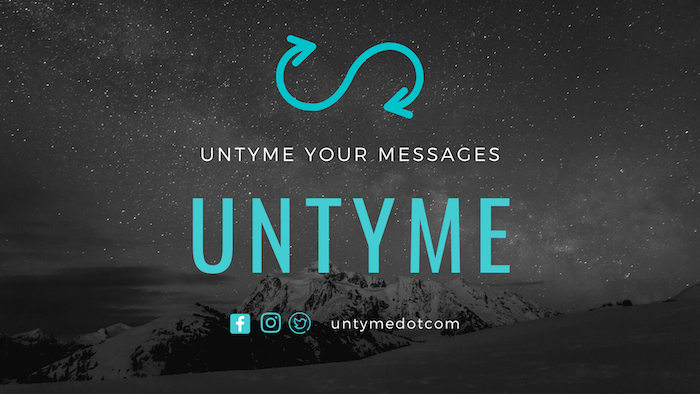Augmented reality (AR) is a technology that allows you to visualize digital objects into the physical environment of the user. AR apps are developed to be special-purpose 3D programs that create digital content. In other words, AR is an interactive experience in the real-world environment where digital objects are nested within our reality.
Understanding How AR Works
The key to developing AR content is to first understand how AR works.
- Input hardware devices (such as a camera, GPS, etc) capture real content, which is then forwarded to the hardware processor of the system (very important).
- The processor and software layer partner to send the input to the web and/or cloud server. It also makes a request for the appropriate virtual objects.
- The AR system creates virtual objects using AR content-creation software, then sends them back to the web and/or cloud server.
- Virtual objects leave the server for the processor, which then sends the augmented content to the AR application and browser.
- And finally, the augmented content is sent to the display devices (smartphones, etc)
Importance of AR Content
AR has great potential, but there are a few challenges that may set back its growth. One of these key challenges would be the lack of high-quality content, which can manifest in different ways– poor resolution of AR content, for example. This creates a sub-optimal user experience, meaning the experience isn’t immersive/engaging enough for users– NOT ideal for AR development.
Creating AR Content
Creating AR content for your company can be tricky if you don’t have the right tools. A few reputable toolkit that you could use to start include:
- Amazon Sumerian
- Amazon Sumerian allows you to create effective AR and VR apps without programming or graphic skills. The key advantage of Sumerian is that it makes it very easy to develop immersive and interactive AR content; you can create 3D objects such as characters and furniture with ease. Its comprehensive environment for designing, animating, and scripting can later be transferred to other AR/VR platforms (i.e. Oculus Go, Oculus Rift, HTC Vive, HTC Vive Pro, and Google Daydreams), and published on either Android or iOS.
- Vectary
- Vectary is an online 3D design and modeling software that’s good for creating AR content or showcasing products/designs on your website. It has several advantages including, but not limited to: (a) it offers a complete toolset for 3D design, (b) it has a professional design interface, and (c) you can collaborate with your team members.
- ROAR
- Using ROAR, you can create AR content for a variety of cases, including media/entertainment, retail, ads, etc. It offers an easy-to-use, comprehensive editor for creating and testing AR content– anything from videos, audio, call-to-action (CTA) buttons, images, texts, and 3D models. ROAR is compatible with ARKit, ARCore, etc.
- Vuforia Studio
- Vuforia is a strong AR platform with key use cases in manufacturing, retail, etc. It’s a drag-and-drop AR content authoring environment, and it offers: (a) expedite AR content creation, making it highly suitable for industrial AR uses, (b) Vuforia Studio lets you view all of your AR content easily, (c) it’s suitable for enterprise use, and (d) it supports Mixed Reality (MR). Like Amazon Sumerian, Vuforia AR content can be published on either Android or iOS.
- Wikitude Studio
- Wikitude is another well-known AR development platform with advantages including: (a) you can create engaging AR content without being experienced, (b) this toolkit allows you to publish your content, (c) it offers software development kits (SDKs), and (d) includes the Wikitude Studio Editor, which makes it easy to augment images, objects, scenes, etc.
- ZapWorks
- Zapworks is a popular AR toolkit that can be used to create engaging AR, VR, and MR content that’s customizable. It supports 3D, images, animation, scripting, world tracking, face and action tracking, videos, etc; this makes it a suitable AR content creation tool for a large range of AR use cases.
Planning on Launching Your AR App?
AR tools for content creation (like the ones listed above) can definitely help you build your augmented reality app. However, content is only one part of AR development; developing an AR app involves a lot more including: finding AR developers, obtaining the right IT infrastructure, forming an effective development approach, and managing the project.
AR programming can be quite complex, so it is highly recommended that you hire a reputed software development company for such projects. Skipfour is one of the fastest growing AR development companies in the US. Our AR apps and the content we have generated for the customers is being used in retail, healthcare, gaming and many other domains.



